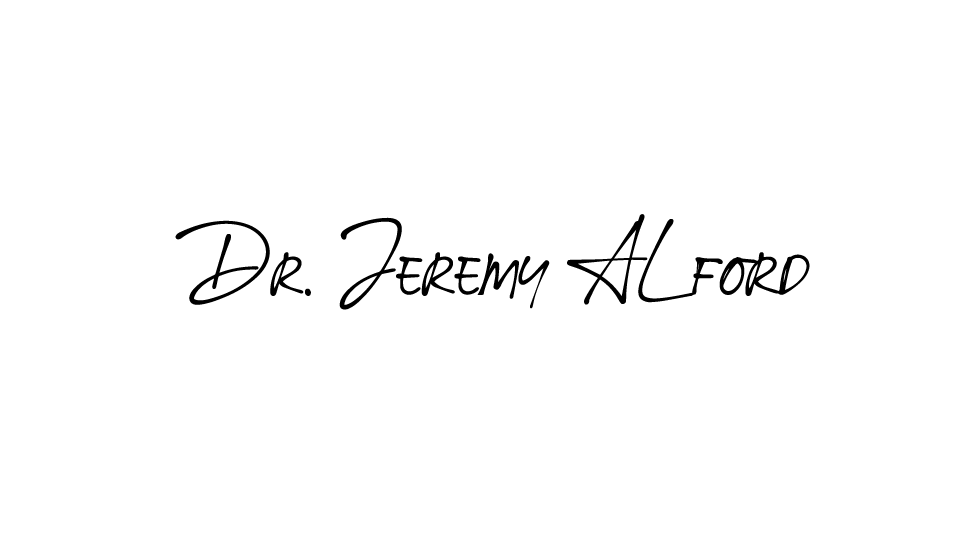Guided Meditation vs Meditation: What Is The Difference?
Guided meditation- or guided visualisation as it’s often referred too- is defined by the use of guided imagery in order to obtain a deeply relaxed state. The expert guiding the meditation will use imagery, textures, scents or sounds to help support the student into a safe place.
This is compared to traditional meditation, which in general comes in many forms- from mindfulness and Chakra, to yoga and transcendental meditation. They all require one to think deeply or focus one’s mind for a period of time. In today’s modern, hectic world, meditation, whether it’s guided or not, is a great way to manage and reduce stress. Research has shown the practice of meditation can also combat chronic illnesses such as depression, heart disease and chronic pain.
Guided meditation, or guided visualisation… lets look at the details
To truly make the most of guided meditation, you should allow the expert guiding you to form mental pictures or situations that you find relaxing. A professional can help and guide you to a relaxing space using smells and textures for example.
Whether it’s to aid sleep, or reduce anxiety, guided meditation has been proven to have many health benefits. Yet, before embarking on the journey of guided meditation it is important to understand what you want to achieve through your meditation session.
Some people prefer the non guided option. And that’s fine – that’s one of the great things about the practice. Although we suggest that guided meditation is the perfect way to test the water with an expert there to offer advice, encouragement and support, for those more experienced traditional methods of meditation can be just as fulfilling.
Traditional meditation in more detail
Traditional meditation skills are often based on peace, tranquility and calmness. Take ‘Vipassanā’ meditation for example, which is a practice of self-transformation through self-observation. One of India’s most ancient techniques, it focuses on the deep interconnection between both the mind and body.
Meditation helps us to separate our thoughts, our stories, and our beliefs. Traditional meditation styles like breath and silence meditation provide students with a life skill that they can apply easily into their everyday lives.
The most important observation? What type of meditation you prefer is subjective. Many people like to alternate between guided meditation and going at it alone. Often as your confidence and skills progress, you may wish to refrain from guided lessons and explore a more non-guided journey of meditation.
All methods of meditation, whether it be guided or unguided (more traditional) methods have been proven to provide an effective tool for both mental and physical health.
And if you’ve ever asked yourself… which type is better? Well, the short answer is that it is whatever works best for you personally.
No scientific evidence exists that defines one is more effective than the other. In fact, researchers at Yale studied蜉 many forms of meditation and found they all increased feelings of calm, encouraged healing and prevented the mind from wandering off.
Interested to know more? Choices Personalized Retreats’ program, Vanessa Bachmann is a fully certified Yoga Teacher and Reiki practitioner with a solid background in Coaching, Meditation and Mindfulness practice.
Dr Jeremy Alford is a clinical psychologist, clinical hypnotherapist and biofeedback therapist that also incorporates guided meditation in his practice. He also consults online and personalizes the guided meditations according to your specific needs.
Contact us today to find out more about meditation.
You can also download the Insight Timer app for free and listen to Dr Jeremy Alford’s guided meditations: insig.ht/jeremyalford


